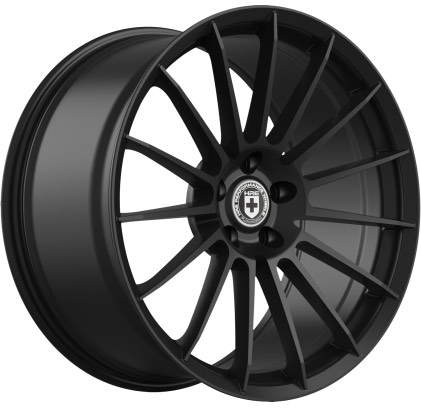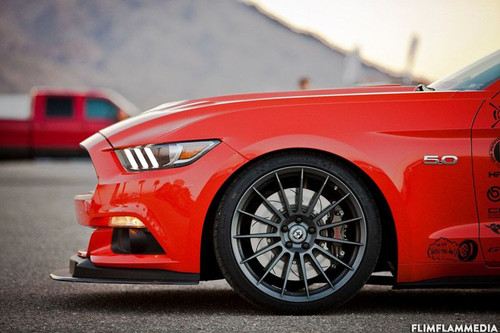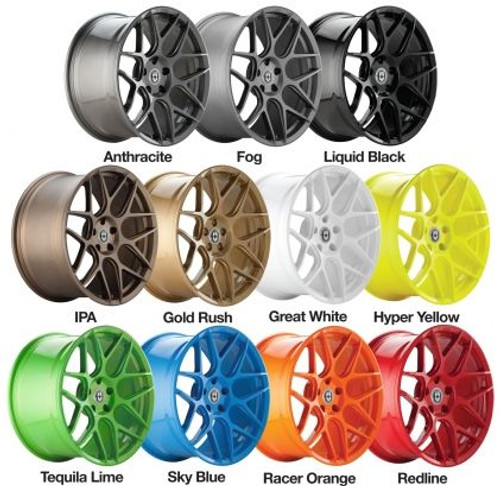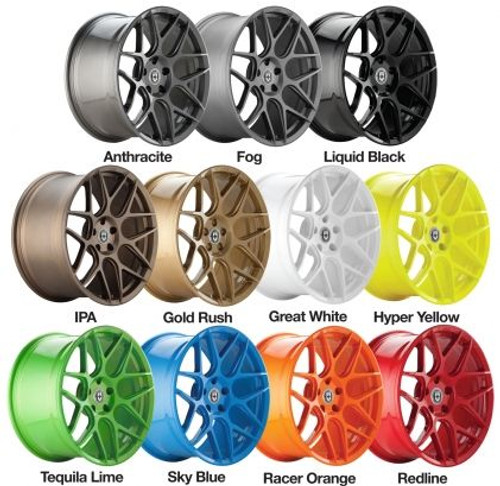Mercedes HRE FF15 Wheel Fitment Guide
|
Fitment / Front Size / Rear Size / Bolt Pattern / Notes
|
| C300/C350e 2015+ [W205] |
19x8.5 +47 |
19x9.5 +45 |
5x112 |
|
| C450 AMG/C43 AMG 2015+ [W205]* |
19x8.5 +47 |
19x9.5 +45 |
5x112 |
*Requires 20mm Front Spacer |
| C63/C63S AMG 2015+ [W205]* |
19x9 +35 |
19x9.5 +45 |
5x112 |
|
| C250/C300/C350 2007-2014 [W204] |
19x8.5 +47 |
19x9.5 +45 |
5x112 |
|
| Don't see |
your |
vehicle |
fitment? |
Click below to see more... |
|
? ? ? >> Click Here to show more Mercedes fitments << ? ? ?
|
| C63 AMG 2007-2014 [W204] |
19x8.5 +47 |
19x9.5 +45 |
5x112 |
|
| CLA250/CLA45 AMG [C117] |
18x8.5 +47 |
18x8.5 +47 |
5x112 |
|
| CLA250/CLA45 AMG [C117] |
19x8.5 +47 |
19x8.5 +47 |
5x112 |
|
| E350/E550 2010-2016 Sedan [W212] |
19x8.5 +47 |
19x9.5 +45 |
5x112 |
|
| E63/E63S 2010-2016 AMG [W212]* |
19x9 +35 |
19x9.5 +45 |
5x112 |
|
| E350/E550 2010-2016 Coupe [C207] |
19x8.5 +47 |
19x9.5 +45 |
5x112 |
*Does not fit Carbon Ceramic Brakes |
| GLA250/GLA45 AMG 2014+ [X156] |
18x8.5 +47 |
18x8.5 +47 |
5x112 |
|
| GLA250/GLA45 AMG 2014+ [X156] |
19x9 +35 |
19x9 +35 |
5x112 |
|
| GLA250/GLA45 AMG 2014+ [X156] |
20x9.5 +35 |
20x9.5 +35 |
5x112 |
|
| CLS550/CLS63 2011+ AMG [W218] |
20x9 +25 |
20x10.5 +35 |
5x112 |
|
| CLK63 AMG Black Series 2007-2009 |
20x9 +25 |
20x10.5 +35 |
5x112 |
|
| SL500/SL600/SL55 AMG 2003-2011 [R230] |
20x9 +25 |
20x10.5 +35 |
5x112 |
|
| SL550/SL63 AMG 2012+ [R231] |
20x9 +25 |
20x10.5 +35 |
5x112 |
|
What are HRE Flow Form Wheels?


HRE Performance Wheels' all new line of FlowForm wheels combines the strength and durability of a forged wheel,
at a price point that is near standard OEM cast wheels.
The process begins with a pressure-cast perform, where it is then rapidly cooled. This quick cooling of the metal right after heating (sometimes referred to as quenching) enhances the elastic strength and durability by increasing the metals density
The strengthened pre-form (Fig A), is then pulled from the mold and placed into the flow-forming machine, (Fig B) which operates in a manner similar to a potters' wheel. This process stretches the barrel downward, causing the metal to ""flow"" into the correct ""form"", hence the name, and this process ultimately gives the wheel its final shape (Fig C).
This ""stretching"" process changes the internal grain structure of the aluminum (much like the direction of the grain makes a difference in wood), making it stronger, lighter and more precise than a non-flow-formed barrel, resulting in forged aluminum-like strength.









.jpg)
.jpg)
.jpg)
.jpg)
.jpg)
.jpg)
.jpg)
.jpg)
.jpg)



















